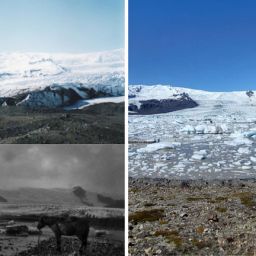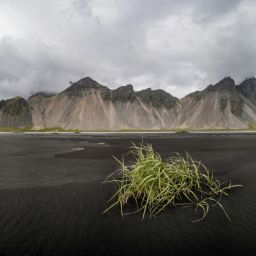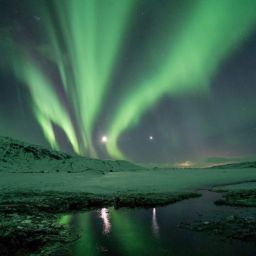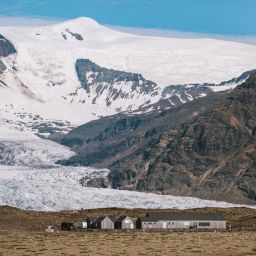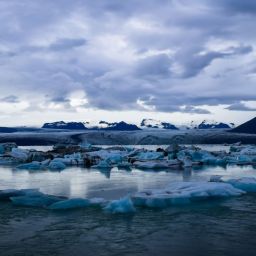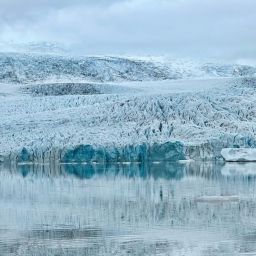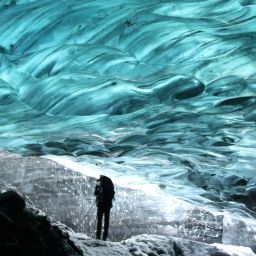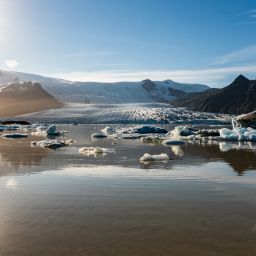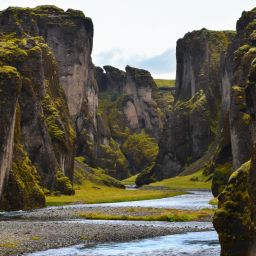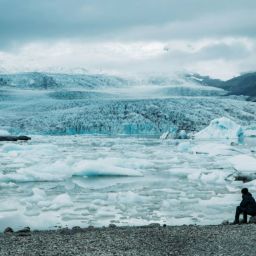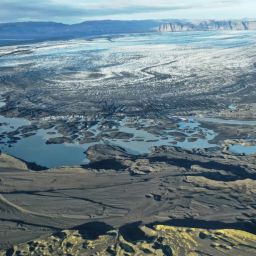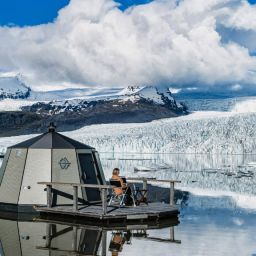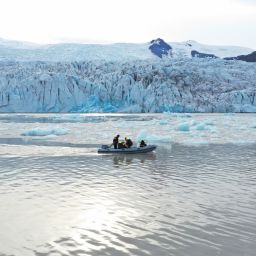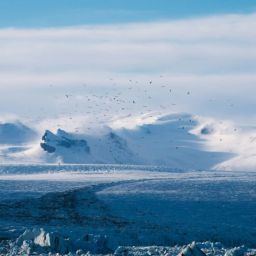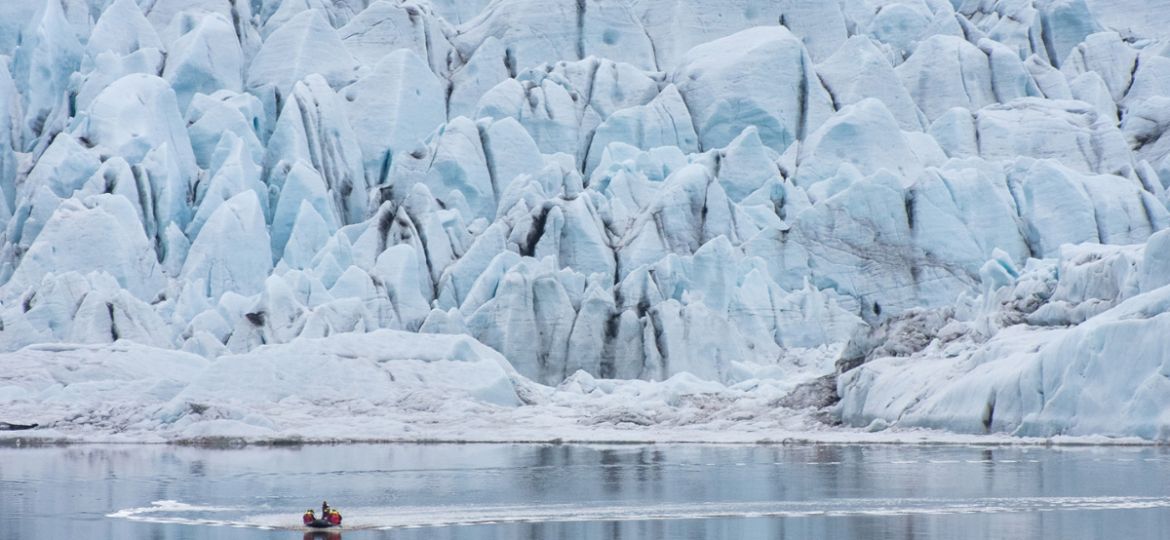
For tourism to be successful, it needs to balance the needs not only of visitors but also locals and the environment in which they live. The benefits to the economy are easy to appreciate, but long-term, it’s vital that these don’t come at the expense of society and nature. In this article, we’ll take a look at sustainability in Icelandic tourism and see how the popularity of the south coast with overseas visitors means that it’s leading the way.
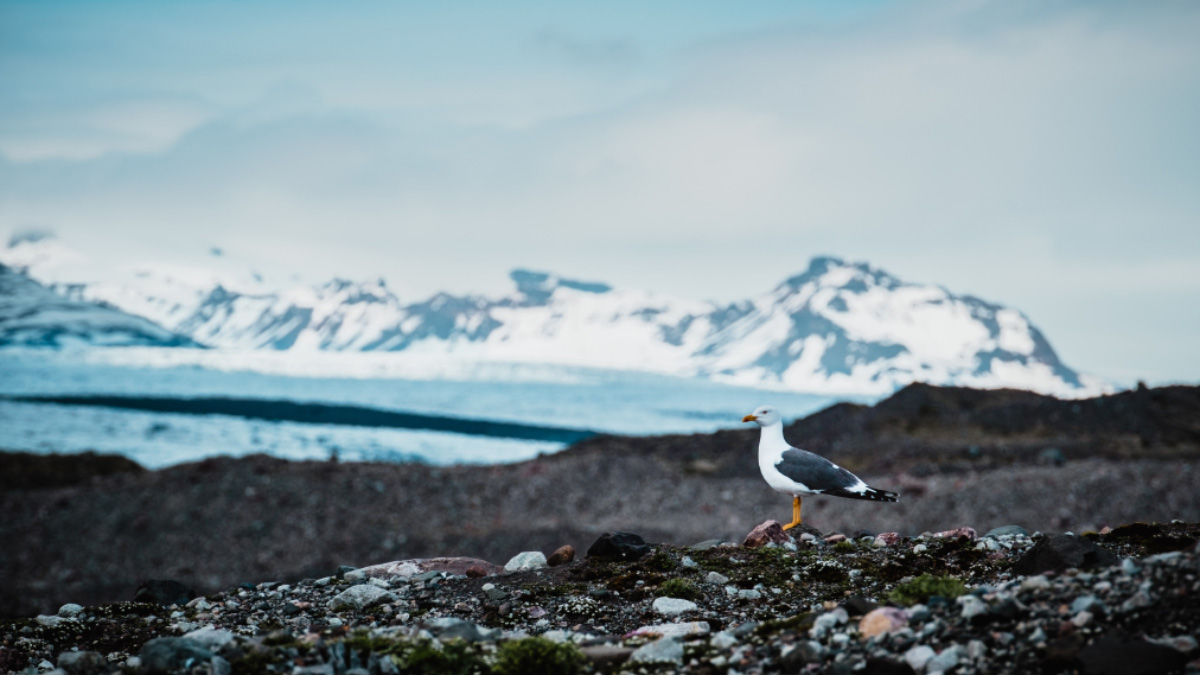
Sustainability in the tourism industry is vital for future generations
While we’d all see the value in preserving environments in their natural state, restricting visitors completely so places remain pristine and untouched doesn’t help people make a living. In fact, it’s likely to encourage visitors to break the rules if they feel they’ve been disenfranchised from the things they’ve travelled long distances to see. So, sustainable tourism practices future-proof industries while ensuring that visitors leave happy and nature isn’t trashed in the process.
In Iceland, developing opportunities for visitors in a responsible way has been essential to ensuring that the country’s fragile ecosystems aren’t sacrificed along the way. In the south of the country, this means limiting footfall in delicate environments such as lava fields and sandy outwash plains as well as managing tourism in popular spots such as beaches, waterfalls, glaciers, ice caves and lagoons to ensure those that do visit appreciate their value and play a role in their conservation.
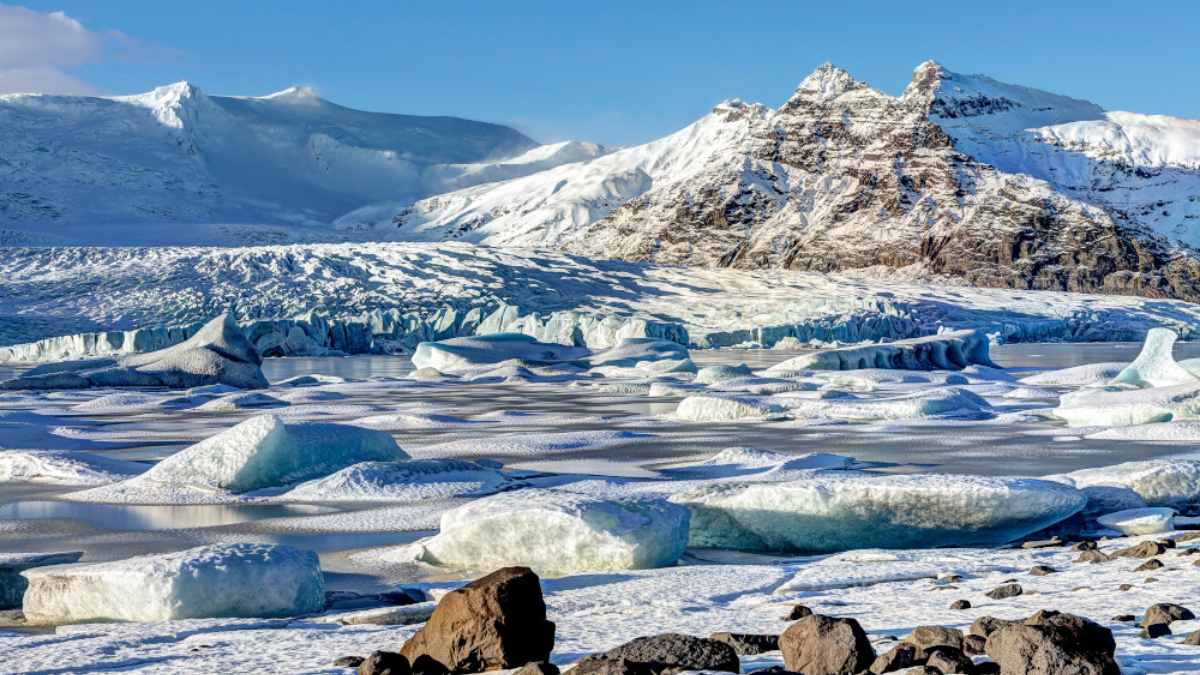
The Destination Management Plan
Visit South Iceland’s Destination Management Plan has been designed to be a holistic strategy that supports tourism providers, enhances the experience of tourists and yet mitigates the potential negative impacts on societies and the environment that have been identified following consultation with stakeholders. The stated aim in the DMP is “to promote responsible tourism through sustainability.” Local and visitor needs must be met without detriment to cultural and environmental assets.
The first South Iceland DMP needed to address the very rapid growth in tourism in the 2010s, while later challenges involved accommodating tourism during and after the COVID pandemic. The diversity of the region, spanning larger communities such as Selfoss to remote wilderness, means that a one-size-fits-all approach isn’t appropriate. Taking the very different experiences and needs of tour groups and independent travellers into account has also been a key part of the DMP.
Examples of sustainable tourism practice in South Iceland
• Education
Education needs to be at the heart of any sustainability framework – otherwise it’s not reasonable to expect outsiders to understand all the priorities and values of Icelandic society unless they’ve been taught. For instance, moss that’s trampled on may never recover. The Icelandic Pledge was an initiative launched by Visit Iceland in 2017. It encourages travellers from overseas to act responsibly, leave places as they find them, appreciate nature’s hazards, respect wildlife, refrain from venturing off-road and camp only in designated sites. “Leave no trace” is a mantra that you’ll hear time and time again.
• Seasonal impact on infrastructure
The rapid growth of tourism along Iceland’s south coast has led to a significant increase in traffic and demand for parking, particularly in peak season. Parking charges have been introduced at busy tourist spots such as Seljalandsfoss and Jökulsárlón Glacier Lagoon. The revenue raised can be invested in infrastructural improvements. Meanwhile, actively promoting low season travel helps not only to spread the economic benefits of tourism over a longer period but also attempts to mitigate the congestion and overcrowding issues that affect these popular honeypot sites during the summer.
• Encouraging mindful travel
Experiential travel is a way of encouraging visitors to make more meaningful connections with the people and landscapes they encounter while in South Iceland. As a tourist, you can actively choose to sign up for excursions and tours that showcase unique aspects of local society, such as learning the tölt on an Icelandic horse. Seek to stay at locally-owned accommodation. Eat our food, whether that’s farm-reared lamb or fish caught by Icelandic trawlers. Shop for souvenirs from Icelandic crafters or artisans. Also, remember that staying for longer helps offset the carbon footprint of the transport that’s necessary to reach this island nation no matter how long you stay. As Visit South Iceland put it: “Each additional day you spend is a vote for a sustainable travel culture.”
• Waste management
Encouraging visitors to think about how they dispose of rubbish while travelling through South Iceland has been significant. Recycling strategies aim to ensure that tourists play their part, just as residents do, in ensuring that we don’t send more than is absolutely necessary to landfill. Championing the purity of Icelandic water aims to challenge the practice of drinking from disposable plastic bottles. Although single use plastics can be recycled, this takes energy and time; far better to place the emphasis on refillable bottles that are much more sustainable.
• Green transport and mindful tour management
Many tourism providers are actively switching to greener alternatives. Many of the country’s larger tourism providers now offer carbon-neutral tours and activities, while car rental agencies have incorporated electric vehicles into their fleets. Meanwhile green initiatives have been launched in response to threats: the introduction of a shuttle bus service to the plane wreck at Sólheimasandur, for instance, or the swift and decisive actions of the Vatnajökull National Park authorities to ensure the safety of visitors to its magnificent ice caves.
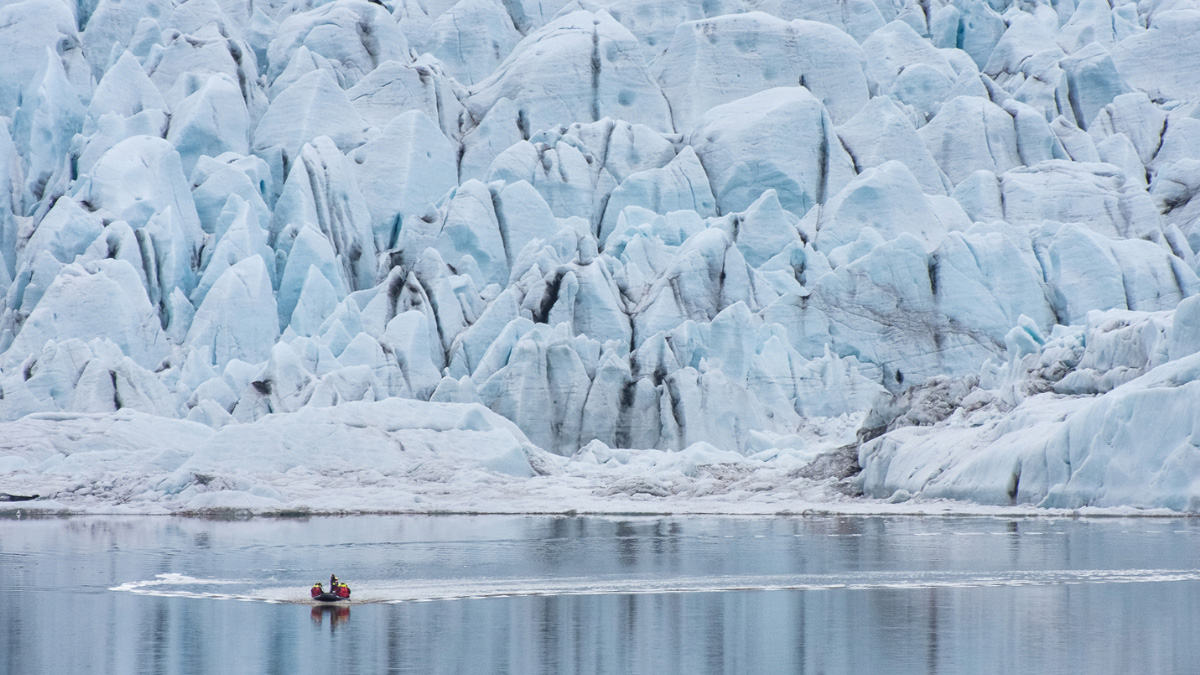
At Fjallsárlón, we believe in setting a good example
At Fjallsárlón, we are custodians of a beautiful lagoon. When constructing our much-needed service centre, it was crucial to ensure that sustainability was at the heart of what we built:
- Firstly, we minimised its environmental impact by placing it so that glacial moraines shielded it from view for those out on the water while not compromising the outlook from Frost Restaurant.
- Secondly, using larch wood cladding was a considered move; it requires little maintenance and over time weathers to blend in with the environment which surrounds us. Preserving the natural state of this breathtaking glacial lagoon was a high priority for us.
- Thirdly, by establishing the service centre we’ve made sure that parking and traffic are managed instead of having to use a potholed gravel road that would deteriorate year on year.
- In addition, by steering pedestrians through the use of walking paths, we protect the surrounding landscape. This ensures our clients don’t walk on the fragile moss and other delicate vegetation.
- Finally, we strive to ensure that our boat tours leave no lasting impact on the lagoon. Our aim is that guests find the place just as they would have when we first started out in 2013.
Encouraging mass tourism without regard to its consequences would have been foolhardy. Tourism can be a fickle business – trendsetters will quickly switch loyalty to a new place that is perceived to be unspoilt and thus more worthy of a visit. To maintain visitor numbers along Iceland’s south coast, it’s absolutely vital that the natural and cultural attractions that lured travellers in the first place are looked after so that they’re just as appealing to future visitors.


